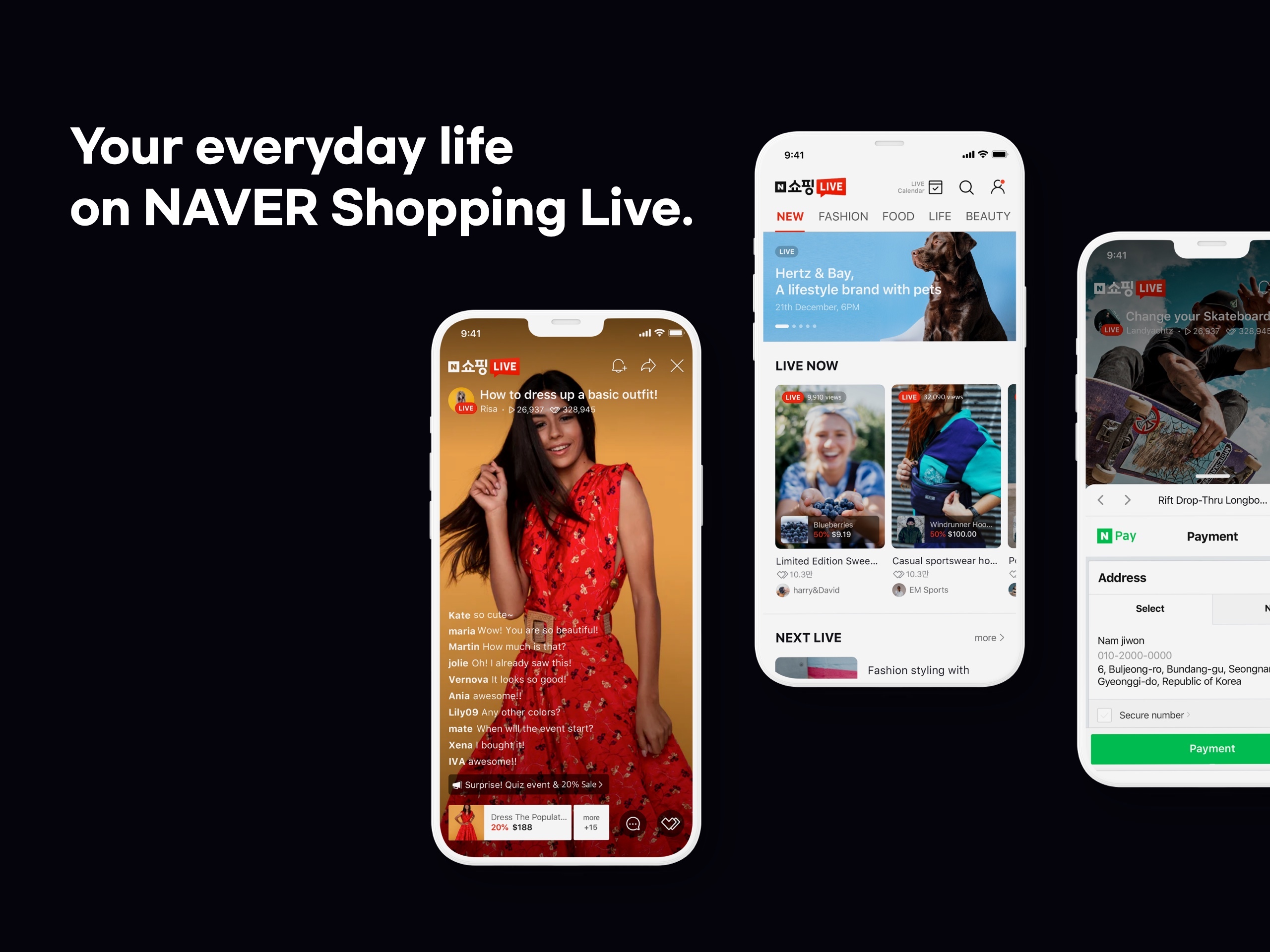Before identifying customer needs and wants, many marketers find themselves overwhelmed by a plethora of data during market research. However, most of this data does not come directly from customers.
Of course, website analytics provided by various platforms can assist with excellent marketing analysis and offer insights. Nevertheless, they do not provide personalized data such as direct surveys of customers.
Many companies overlook the necessity of customer marketing research. In many cases, they are too focused on achieving their own plans and goals without considering the customers.

“If I had asked people what they wanted, they would have said faster horses.” – Henry Ford
However, this is not a shortcut to business success. Even if it seems like a roundabout way, marketers need to accumulate personalized customer data again.
In today’s rapidly changing consumer market, what marketers need to do is identify customers’ wants.
What Are Customer Wants?
In the 20th century, the crucial keyword in business was needs, but in the 21st century, the emerging key term is wants. To explain the difference between the two terms, needs can be considered as functional needs, while wants can be understood as psychological desires.
Needs are the psychological efforts to fulfill what humans require to survive. On the other hand, wants can be simply thought of as the psychological effort to satisfy desires that are not necessarily essential for survival but are driven by social desires.
Why Identify Customer Wants?
Here lies an important point: functional needs, like needs, have limitations in demand and pricing. However, psychological desires, like wants, do not have such limitations in demand or pricing.
For example, most people already have a functioning mobile phone.

Although smartphones are already sold to most customers, manufacturers release new models every year.
People then replace their perfectly functional phones with new ones, even if it means paying a high price.
Steve Jobs once said:
Innovation is saying no to a thousand things
Jobs believed that innovation involves introducing to the world what people don’t realize they want.
Customer needs are confined within their knowledge and consciousness limits. However, marketers must dive into customers’ unconscious to ‘catch’ what they truly want.
The Hidden Trap in Customer Responses
The economic term indicating that demand has reached saturation no longer applies in the market. The era of predicting customer demand based on population and needs is long gone. Wants are elements that can create demand in this market indefinitely. However, identifying customer wants is not an easy task.
If every customer answered surveys honestly, saying, “This is what I want!” or “I definitely needed this!”, companies could simply create or plan to sell products based on those surveys. But now, companies must scrutinize customers’ ‘responses’ carefully as they often contain blatant lies.
The Secret in Customer Needs: Customers Lie

Why do people use social media? It’s time for marketers to rethink this fundamental question. They need to understand not just the apparent reasons but also the hidden psychology behind users.
Customers lie more blatantly than one might think. It’s not just sellers who mix in sweet lies to entice customers; customers also say things contrary to their true feelings for various reasons.
For instance, a customer might say, “Yes, this is exactly what I want!” Such instances happen more often than you might imagine.
Importantly, while some customers lie deliberately, most do not.
Sometimes, customers themselves are unaware of what they want. This is why the role of a marketer becomes even more crucial—to discover what customers truly want, even if the customers themselves don’t know it.
Why Do Marketers Confuse Customer Needs and Wants?

Even experienced marketers confuse customer needs and wants. Fundamentally, marketers need to focus on the customers’ ‘intentions’ rather than their ‘words’.
Suppose someone frequently searches for ‘daily look’, ‘OOTD’, or ‘clothing brands’. The marketer might consider this person a potential customer for fashion items and guide them with a message like, “Follow this link to get a shopping mall discount coupon”.
However, the customer might end up using the link to get an electronics coupon and buy AirPods instead. This example shows that such mistakes occur frequently in the market.
This error happens because the marketer confused the customer’s wants in a one-dimensional manner.
The customer was actually looking for a birthday gift for their partner, not new clothes. Therefore, marketers must focus on customers’ ‘intentions’ rather than their ‘words’.
They must not take the customers’ first response at face value but should dig deeper.
Why Do Customers Lie?
When companies conduct customer surveys, they often find that slightly changing the wording of questions results in different answers from customers, which can be confusing.
In general surveys, even if the questions imply the same meaning, the tone, words, or order of questions lead to different answers from customers each time.
This happens because customers themselves have to fabricate their responses to explain why they want or like a product.
To accurately explain why they need or like a product, customers must have a strong and precise understanding of their feelings and emotions towards it.
Only with a clear understanding can they translate it into definite language.
However, customers often don’t have a clear emotional or psychological grasp of why they want something. They consume and move on without fully understanding their desires.

Human thoughts and behaviors undergo complex and comprehensive processes.
While the act of purchasing is simple and quick, the process leading up to it is intricate and psychological.
Thus, companies and marketers must precisely understand how customers perceive and why they want a product, even if the customers themselves don’t fully know.
How Do Customers Lie About Their Needs?
Customer needs and wants are obscured by lies, making them difficult to identify. Companies, therefore, must interact with lying customers daily.
For example, what would customers say when returning a broken device or when habitual drinkers visit a hospital?
Let’s illustrate
Even when needing to fix a broken phone screen or a device damaged by water due to their carelessness, customers think a lot:
“I signed up for a service offering a one-year free repair, but what terms and conditions did I agree to for this service?”
“If I honestly say I dropped the phone several times or that the device was damaged by water due to my negligence, won’t I be penalized?”
Because of these reasons, customers lie about the cause of the damage to the repair or refund center.
Customers Lie Despite the Risk of Disadvantages
Even in situations where disadvantages are not a concern, people lie.
Imagine a habitual drinker visiting a hospital because of deteriorating liver health.
The doctor, seeing the patient’s records, knows that the patient previously visited due to poor liver condition caused by frequent drinking. The doctor will ask:

“How often do you drink a week?”
The patient will confidently reply: “Almost never. At most, 2-3 times a week.”
Why would a patient lie to the doctor, despite knowing that not telling the truth makes accurate diagnosis difficult and disadvantages them?
This scenario is more common than expected. Many doctors struggle with patients lying, making it hard to provide accurate diagnoses.
Patients concoct lies instead of being truthful, causing significant issues for doctors.
Lies in Interactions
It’s well known that getting one-on-one solutions from renowned dog trainer Kang Hyung-wook requires a high fee.
Hence, getting the opportunity to show their pet and receive solutions directly from him is rare for pet owners (customers).
But when Kang Hyung-wook asks questions for precise problem diagnosis, pet owners often lie instead of telling the truth.

In this situation for example, when Kang Hyung-wook asks how often he walks his dog, the pet owner answers, “About three times a week.” Kang Hyung-wook, catching the lie, says, “So, actually about once or twice a week.” The pet owner then cannot refute.
Accustomed to customers lying, he quickly identifies the lie and deduces the actual answer.
Even in paid one-on-one solutions, not just free programs, pet owners and consultants lie frequently. Despite needing to provide accurate answers to get value for their money, they lie.
In face-to-face interactions, customers lie to preserve social dignity, avoid disadvantages, or because of anticipated reactions.
They may feel uncomfortable or emotionally insecure about telling the truth to a doctor or consultant.
Whatever the reason, we must note that customers easily withhold the truth.
Strategies for Discovering Customer Needs and Wants
So, should companies dismiss customers as mere liars?
If their thinking stops there, the business cannot succeed. If companies do not trust customers at all, they will lose direction.

“Trust, but verify.” – President Ronald Reagan, based on a Russian proverb
Marketers cannot take everything customers say at face value. However, they can accumulate and analyze customer data to uncover hidden truths.
First, listen to the customers and extend in-depth questions to understand more. Uncovering the true wants of customers will be more complex than you think. Companies might need to take several routes to obtain clear answers.
To conduct proper business, marketers must find answers amid numerous lies. This is precisely what marketers are capable of achieving.
💡 Do You Need Insights on Understanding the Hidden Intentions and Contexts of Customers?


